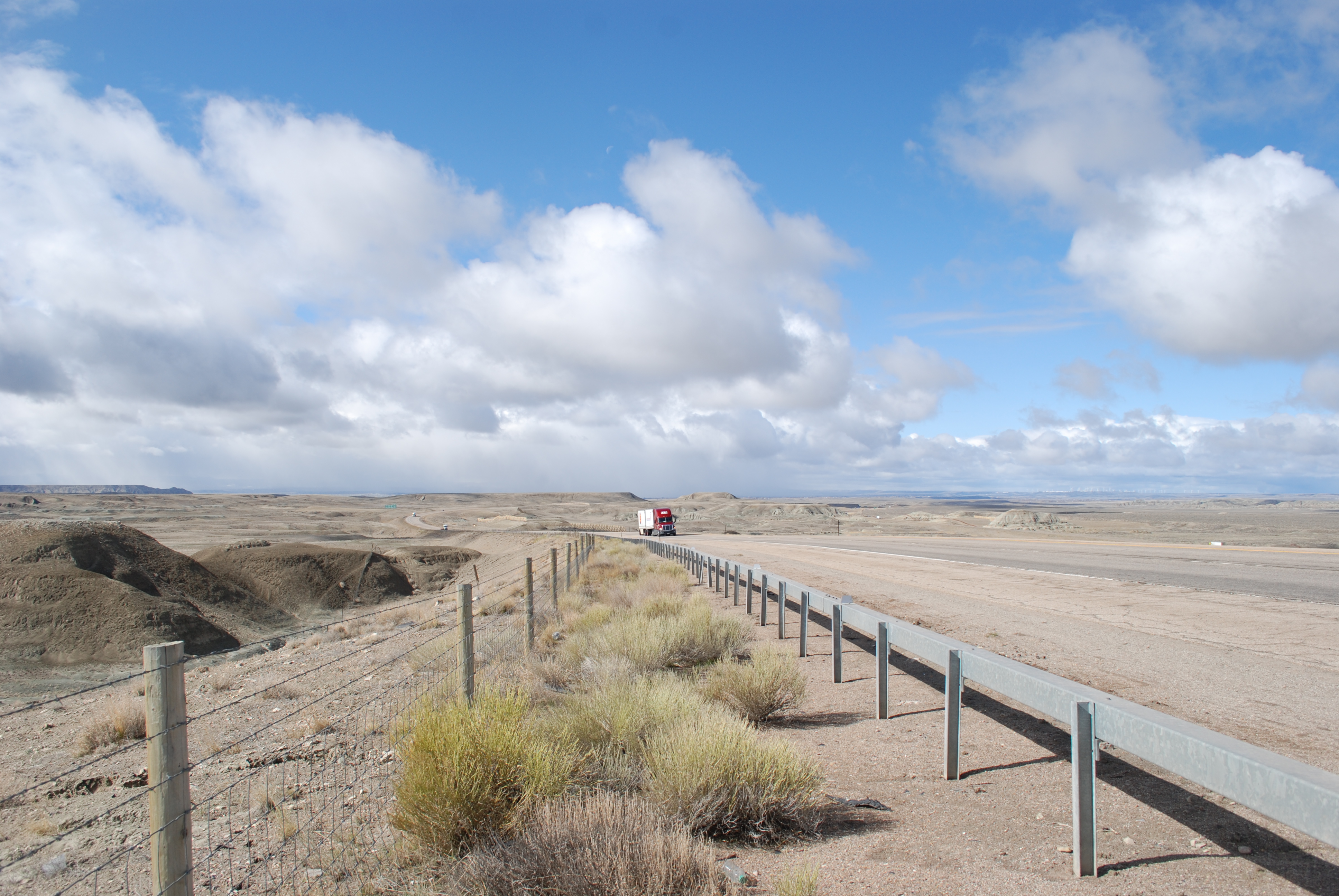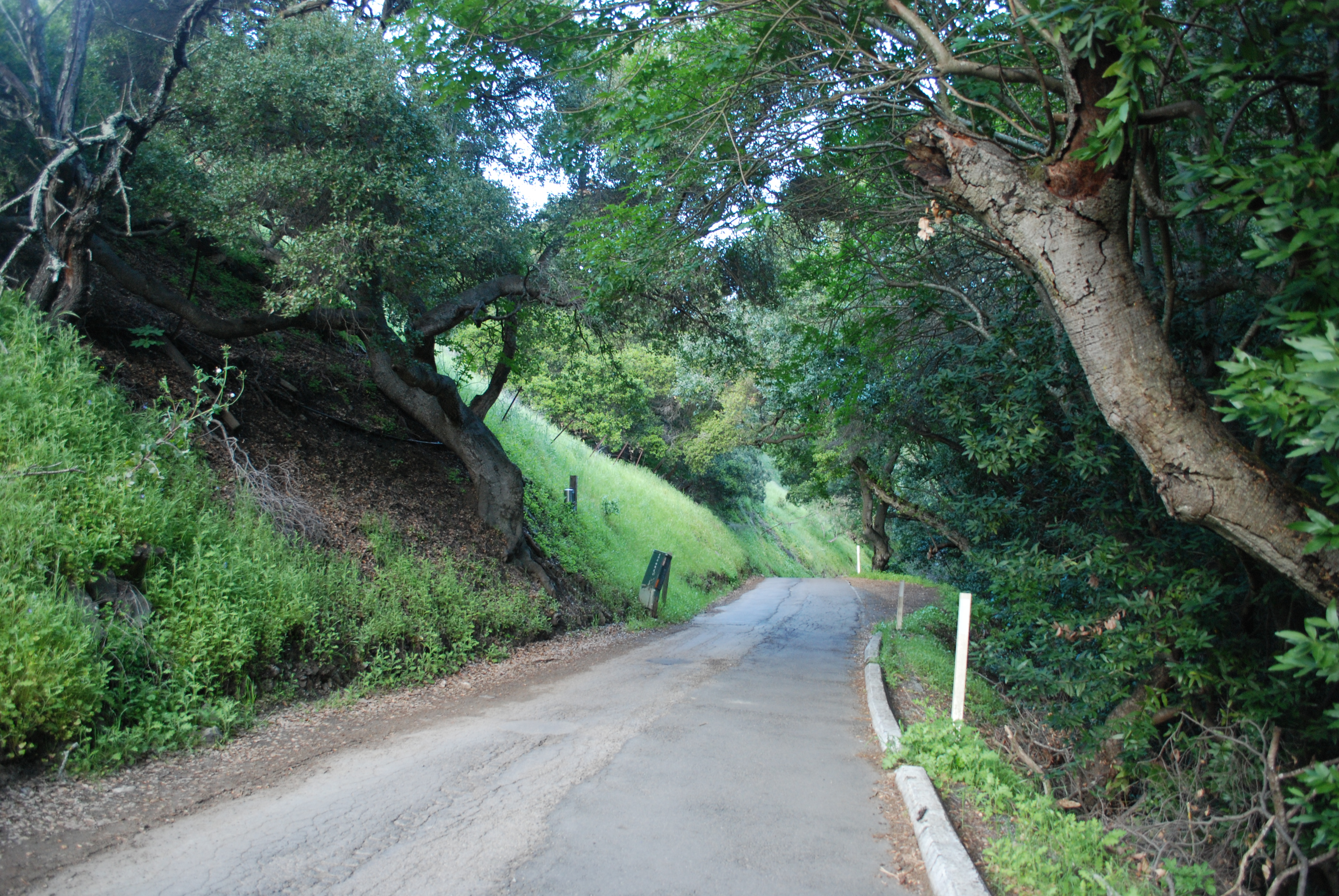Passive Energy Building, links for more information
Climate change is not just about increased temperatures on a global average it is about increased extremes in temperature and increased risk of severe weather conditions. Architecture in many areas is not suited to extreme changes in outdoor temperatures and often glass is a major building material for aesthetic reasons. Glass walls and large windows can make buildings overly cold during cold weather and overly warm during hot sunny conditions. Passive energy architecture tends to use smaller windows that can be shaded during warm conditions and walls may be made of wider materials that provide better insulation during hot or cold weather.
There is no question of the reality – human use of fossil fuels has been warming the atmosphere since the Industrial Revolution started over one hundred years ago. The ozone layer depletion was addressed successfully with more study and political bipartisan work in the 1970’s and 80’s. Increased use of solar power was also begun at that time but who to blame and loss of fossil fuel profits became more of a concern and disinformation and denial took place after the initial progress with reducing ozone depletion. The history in a long read is available, the introduction and epilogue discuss the current situation and possible directions we are headed as a species and planet inhabitants. “Losing Earth: The Decade We Almost Stopped Climate Change,” by Nathaniel Rich, The New York Times Magazine, August 2, 2018, (Losing Earth/NYTMagazine).
Summary points from the introduction:
- Limiting warming to two degrees: tropical reefs will become extinct, sea levels will rise several meters and we will lose the Persian Gulf. This “long term disaster” has become the best case scenario we can hope for if we manage to stop producing greenhouse gases.
- Three degree warming, possibly the realistic minimum we can expect: “short-term disaster” – loss of forests in the Arctic and loss of most coast cities.
- Four degree warming: permanent drought in Europe; desertification of large areas of China, India and Bangladesh; Polynesia covered by sea waters; Colorado River reduced to a tiny creek; American Southwest largely uninhabitable.
- Five degree warming: some leading climate scientist’s consider this level to place human civilization at risk of survival.
Summary take home point – we need to change our civilization in revolutionary ways now – and invent ways to remove greenhouse gases from the air in addition to decreasing adding more to the atmosphere. We need to stop using modern agricultural methods that don’t recycle phosphorus and allow it and other chemicals to run-off into groundwater and coastal waters. (Losing Earth/NYTMagazine).
A free course was available that provides more information about climate change effects that are already occurring and strategies that have been found helpful around the globe: From Climate Science to Action, by The World Bank Group, Coursera.org, resources provided for additional reading are included at the end of this post. A course being offered on the site by the University of Michigan can be enrolled in now which begins August 20th: Act on Climate: Steps to Individual, Community, and Political Action, coursera.org.
This is an area of interest for me but not my area of expertise. Preventative health education is my area of expertise and treating a growing population of humans with more effective methods would also be good for planetary health. Toxic medications eventually add to groundwater pollution and medical equipment and supplies is also adding to pollution.
See these resources for more information about Passive Energy Building and how modifying architecture methods now can help us in the future (I am not affiliated with any of the resources, this information is being provided for educational purposes within the guidelines of Fair Use; it is not an inclusive list, just a few resources from a brief search or ones of which I was aware from other reading.):
The problem of architecture and changing climate described:
- Our buildings make this heatwave worse – here’s how to cool them down, July 26, 2018, Michael Le Page, New Scientist, https://www.newscientist.com/article/2175230-our-buildings-make-this-heatwave-worse-heres-how-to-cool-them-down/#.W1n0eNGKKRw.twitter
Some Solutions:
-
- Global Passive House News – an online newspaper by Green Harmony Home, a design company specializing in green energy solar homes. https://paper.li/greenhhome/green-passivehouse-design#/
- Scaling up Passive House Design in Canada – February 27, 2018, by Perkins & Will, Canadian Architect, https://www.canadianarchitect.com/features/perkinswill-passive-house-design-canada/
- Architecture Matters: Excerpt from Architecture Canada Past President’s Message, by Paule Boutin, PP/FIRAC, Royal Architectural Institute of Canada, https://www.raic.org/raic/architecture-matters
- 10 of the Most Energy Efficient, Sustainable Buildings in the World (Video), August 5, 2016, Nathaniel Berman, AlterNet, – https://www.alternet.org/environment/10-most-energy-efficient-sustainable-buildings-world-video
One of the “10 Most Energy Efficient, Sustainable Buildings in the World”:
- Getting to 2050: A Model for Net Zero & Extreme Climate, Large-Scale Tower Design / KPMB Manitoba Hydro Place, http://www.kpmb.com/project/manitoba-hydro-place/
A few photos of a passive energy rest area can be viewed in this collection of images of rest areas and travel photography: Where’s that rest stop?
Providing energy in sustainable ways at the community level is a strategy being used in one area of the U.K.:
- Chelwood Comm Energy – Community energy group, developing and operating solar power for the local community – chelwood.org
/Disclosure: This information is provided for educational purposes within the guidelines of fair use. While I am a Registered Dietitian this information is not intended to provide individual health guidance. Please see a health professional for individual health care purposes. — *Passive Energy Building is a health issue because the very young, the elderly, and the chronically ill are more at risk from excessive heat exposure or extremes in temperature and climate change is making extremes in temperature more common in many locations globally. Reducing use of fossil fuels for air conditioning or heating will ultimately help protect against the long term risks of increasing levels of Carbon Dioxide and other greenhouse gases in the atmosphere.
- Resources on climate change from: From Climate Science to Action, by The World Bank Group, Coursera.org.
IPCC Fifth Assessment Report 2014, Summary for Policymakers
John Roome, 2016, World Bank Blog, Climate Change from Negotiations to Action
UNFCCC, 2017, Paris Agreement Ratification
FAO, 2017, World’s future food security in ‘jeopardy’
› UNFCCC, 2015, Synthesis Report of the Aggregate Effects of the INDCs
The World Bank, 2015, Shock Waves – Managing the Impacts of Climate Change on Poverty.
The World Bank, 2015, Africa Climate Business plan
› UNFCCC, 2015, Historic Paris Agreement on Climate Change
The World Bank, 2013: Building Resilience – Integrating Climate and Disaster Risk into Development
› Diop, Makhtar, World Bank Blog, 2014, Powering Up Africa’s Renewable Energy Revolution
› World Bank, 2014, Climate Change to Bring More Heat, Water Shortages to Middle East & North Africa
› World Bank, 2015, Climate Change Threatens to Deepen Poverty in East Asia Pacific by 2030
› Asian Development Bank, 2014, Assessing the Costs of Climate Change and Adaptation in South Asia


/Disclosure: This information is provided for educational purposes within the guidelines of fair use./


